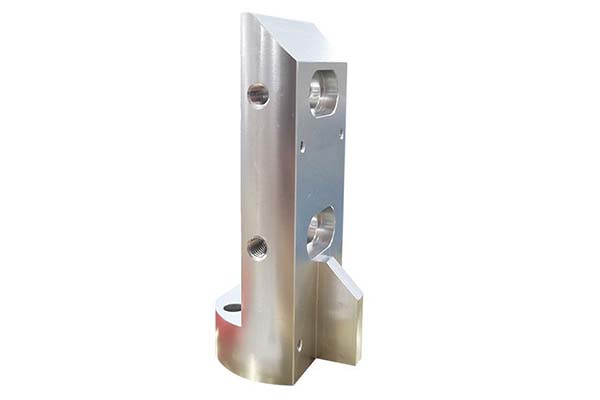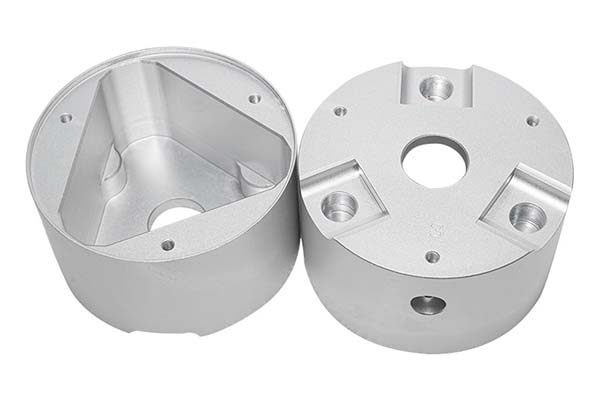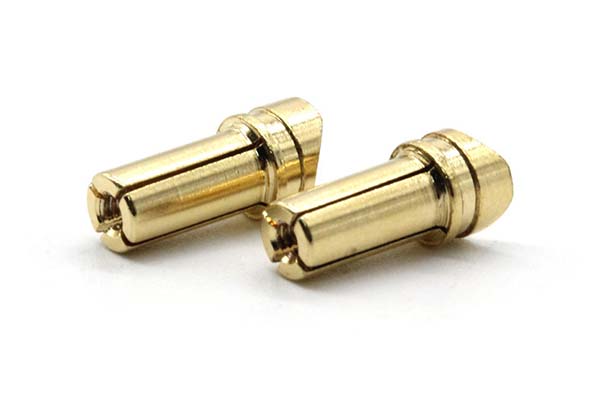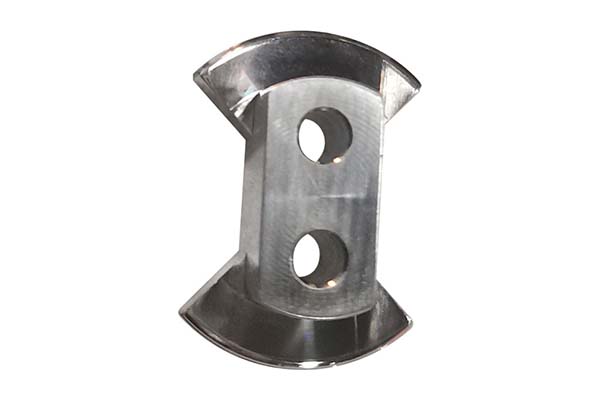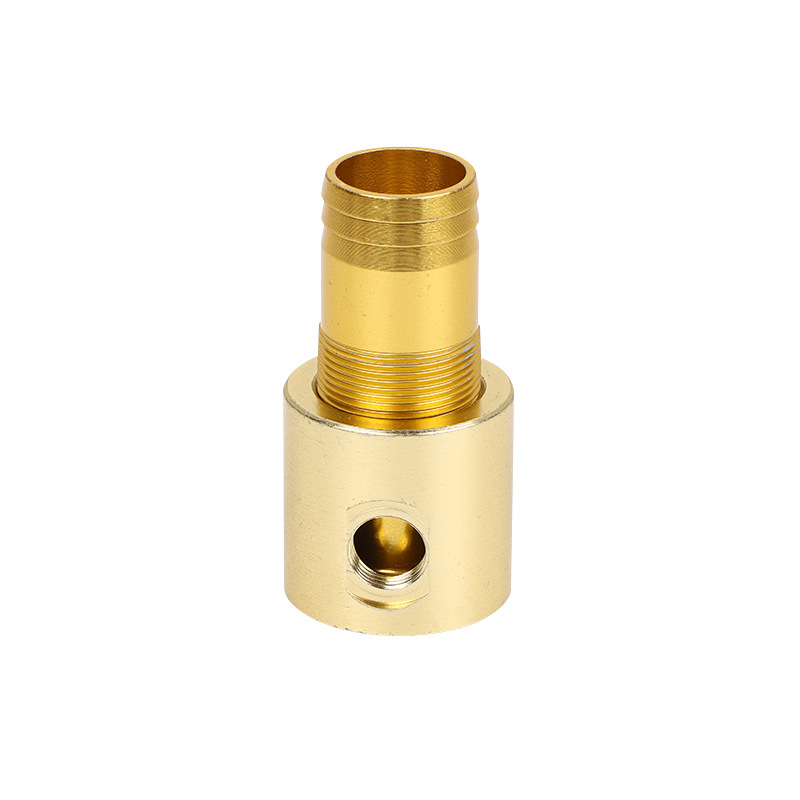Introduction to 6-Axis Machining
In the evolving world of manufacturing, the need for precision, flexibility, and efficiency is ever more critical. One technology that is pushing these boundaries is 6-axis machining. This advanced machining method offers six degrees of freedom, allowing for unprecedented precision and the ability to produce highly complex parts that were once considered unfeasible with traditional methods.
In this article, we will explore the technology behind 6-axis machining, its unique capabilities, the industries it serves, and the reasons why it's becoming an essential tool in modern manufacturing.
Understanding the Basics of 6-Axis Machining
What is 6-Axis Machining?
6-axis machining is an advanced form of CNC (computer numerical control) machining that adds an additional rotational axis to the typical 3- or 5-axis setups. Traditional 3-axis machining involves moving the tool along three linear axes—X, Y, and Z. The 5-axis machine adds two additional rotational axes, allowing for more complex part geometries and better surface finishes. However, 6-axis machining goes even further by incorporating a sixth axis—an additional rotation around a point that isn't necessarily located at the center of the tool.
This extra axis allows the tool to perform movements that can approach parts from virtually any direction, reducing setup time, improving flexibility, and enabling the creation of geometries that were previously out of reach for other machines. With 6-axis machines, manufacturers can achieve higher precision, better surface finishes, and fewer production steps—all crucial for modern manufacturing demands.
How Does 6-Axis Machining Work?
The six axes in a 6-axis machining center consist of:
- Three linear axes (X, Y, and Z) for traditional movements.
- Two rotational axes (A and B), which allow the part or tool to tilt and rotate.
- A sixth rotational axis (often referred to as the C-axis), which enables even more complex orientations of the tool, allowing it to rotate around any arbitrary point.
With such flexibility, these machines are capable of performing complex tasks in a single operation, such as milling, drilling, turning, and even grinding. The result is a reduction in the need for multiple setups and a significant boost in both productivity and part quality.
Capabilities of 6-Axis Machining Centers
6-axis machining centers are equipped with state-of-the-art control systems and software that enable them to perform precise, high-speed movements while maintaining tight tolerances. The ability to work from almost any angle reduces the need for complex tooling or custom fixtures. These machines are ideal for handling challenging, complex geometries, such as:
- Undercuts and internal features
- Compound angles that require advanced orientation
- Geometries with non-uniform curves or surfaces
High Precision and Flexibility
The six degrees of freedom allow for precision micron-level adjustments, making 6-axis machining essential for industries where even a slight error can lead to catastrophic failure, such as aerospace or medical device manufacturing. These machines are also equipped with advanced software systems for real-time feedback and continuous monitoring, which further ensures that the parts are being machined to exact specifications.
Achieving Complex Part Geometries
What sets 6-axis machining apart from its predecessors is its ability to handle much more intricate part designs. Whether it's internal cooling channels for turbine blades, complex dental implants, or aerospace-grade structural components, 6-axis machines allow the creation of geometries that were once unachievable in a single setup. The ability to rotate and tilt the part in ways that traditional machines cannot enables efficient machining of difficult-to-reach areas.
Comparison with 3- and 5-Axis Machining
3-Axis Machining: The Traditional Method
- Movements: Only along the X, Y, and Z axes.
- Use Case: Ideal for simpler parts with fewer features and geometries.
- Limitations: Struggles with undercuts or parts that require more than a simple top-down approach.
5-Axis Machining: The Step Forward
- Movements: Adds two rotational axes (A and B), making it suitable for more complex parts.
- Use Case: Great for parts with compound angles and features that can't be accessed with a 3-axis machine.
- Limitations: Still lacks the full range of motion needed for certain complex geometries, and some difficult-to-reach areas may require multiple setups.
6-Axis Machining: The Next Level
- Movements: Adds an additional rotational axis (C), providing full flexibility to machine complex, multi-dimensional parts in one go.
- Use Case: Essential for high-precision and highly intricate parts with undercuts, internal features, and multi-directional shapes.
- Advantages: Reduces setup time, improves precision, and simplifies the production of complex geometries.
Industries Served by 6-Axis Machining
Aerospace and Defense
In industries like aerospace and defense, precision is paramount. Aircraft and spacecraft components, such as turbine blades, engine parts, and critical structural elements, must be machined with the utmost accuracy. 6-axis machining plays a critical role in producing these parts by offering the flexibility to machine intricate shapes, complex contours, and internal cooling channels that are essential for performance and efficiency.
Automotive Manufacturing
With the shift toward lighter, more fuel-efficient vehicles, the automotive industry has embraced 6-axis machining to manufacture high-precision engine components, suspension systems, and transmission parts. The ability to machine lightweight alloys, high-strength steels, and composite materials efficiently makes 6-axis machining an invaluable tool in modern automotive production, especially for high-performance and electric vehicles.
Medical and Dental Applications
The medical industry demands extreme precision when it comes to implants, prosthetics, and surgical instruments. 6-axis machines can manufacture custom implants and highly intricate medical devices, ensuring that parts fit perfectly within the human body. For example, dental crowns, hip replacements, and orthopedic implants require exact geometries that 6-axis machining can produce with minimal error.
Precision and Complexity
The Role of Precision in 6-Axis Machining
The six degrees of freedom offered by 6-axis machining allow for high-precision positioning and tight tolerances in both the tool’s path and the final part’s geometry. This level of precision is essential for industries like aerospace and medical device manufacturing, where even the smallest deviations can result in catastrophic failures or serious safety concerns.
Complex Part Production Examples
- Aerospace: Producing turbine blades with complex airfoil geometries and internal cooling channels requires 6-axis machining to ensure performance and durability.
- Automotive: Engine components like cylinder heads, crankshafts, and pistons require exact machining to ensure long-term performance and reliability.
- Medical: Custom implants, including hip replacements and dental crowns, are produced with the utmost precision for perfect fit and functionality.
Material Compatibility and Selection
Materials Suited for 6-Axis Machining
6-axis machines can handle a broad spectrum of materials, including:
- Metals: Such as titanium, stainless steel, aluminum, and high-performance alloys commonly used in aerospace, automotive, and medical applications.
- Plastics: Lightweight materials like ABS and PEEK are also suitable, especially in the medical and aerospace industries.
- Composites: Carbon fiber-reinforced polymers and other composite materials are frequently machined in the aerospace and automotive industries due to their strength-to-weight ratio.
Material Selection Based on Application Needs
Material selection depends on the performance requirements of the part. For example:
- Aerospace: Titanium and lightweight composites are used to reduce weight while maintaining strength.
- Medical: Biocompatible materials, such as cobalt-chrome alloys and certain plastics, are required to ensure compatibility with the human body.
- Automotive: Materials such as aluminum alloys are used to reduce weight while providing the strength necessary for vehicle performance.
Case Studies and Real-World Applications
Success Stories from 6-Axis Machining
- Aerospace: Companies like Boeing and Airbus utilize 6-axis machining to produce turbine blades and other complex aerospace components with high precision, ensuring reliability and performance in harsh operating conditions.
- Automotive: Leading manufacturers like BMW and Ford have integrated 6-axis machining into their production lines for engine components, contributing to improved fuel efficiency and overall vehicle performance.
- Medical: Medical device manufacturers, such as Zimmer Biomet and Stryker, use 6-axis machines to create custom implants and instruments, ensuring perfect fit and functionality.
Conclusion: Embracing 6-Axis Machining for Advanced Manufacturing
6-axis machining is a game-changer in the manufacturing world, offering unparalleled precision, flexibility, and the ability to produce complex geometries in a single setup. Whether in aerospace, automotive, or medical applications, the capability to machine intricate components with high accuracy and minimal setup time is revolutionizing production processes.
Key Takeaways and Considerations for Adoption
If you're considering adopting 6-axis machining, keep these key points in mind:
- Training: Ensure that your workforce is adequately trained in both operating and maintaining 6-axis machines.
- Software Integration: Invest in high-quality CAM software to fully exploit the capabilities of 6-axis machining.
- 3Material Selection: Choose the right materials for your specific application to maximize performance.
- Cost-Benefit Analysis: Weigh the costs against potential productivity gains and enhanced product quality.
- Future Scalability: Consider how 6-axis machining can scale with your production needs in the long term.
By embracing 6-axis machining, manufacturers can stay ahead of the curve, delivering high-quality products that meet the demands of today's competitive market.

